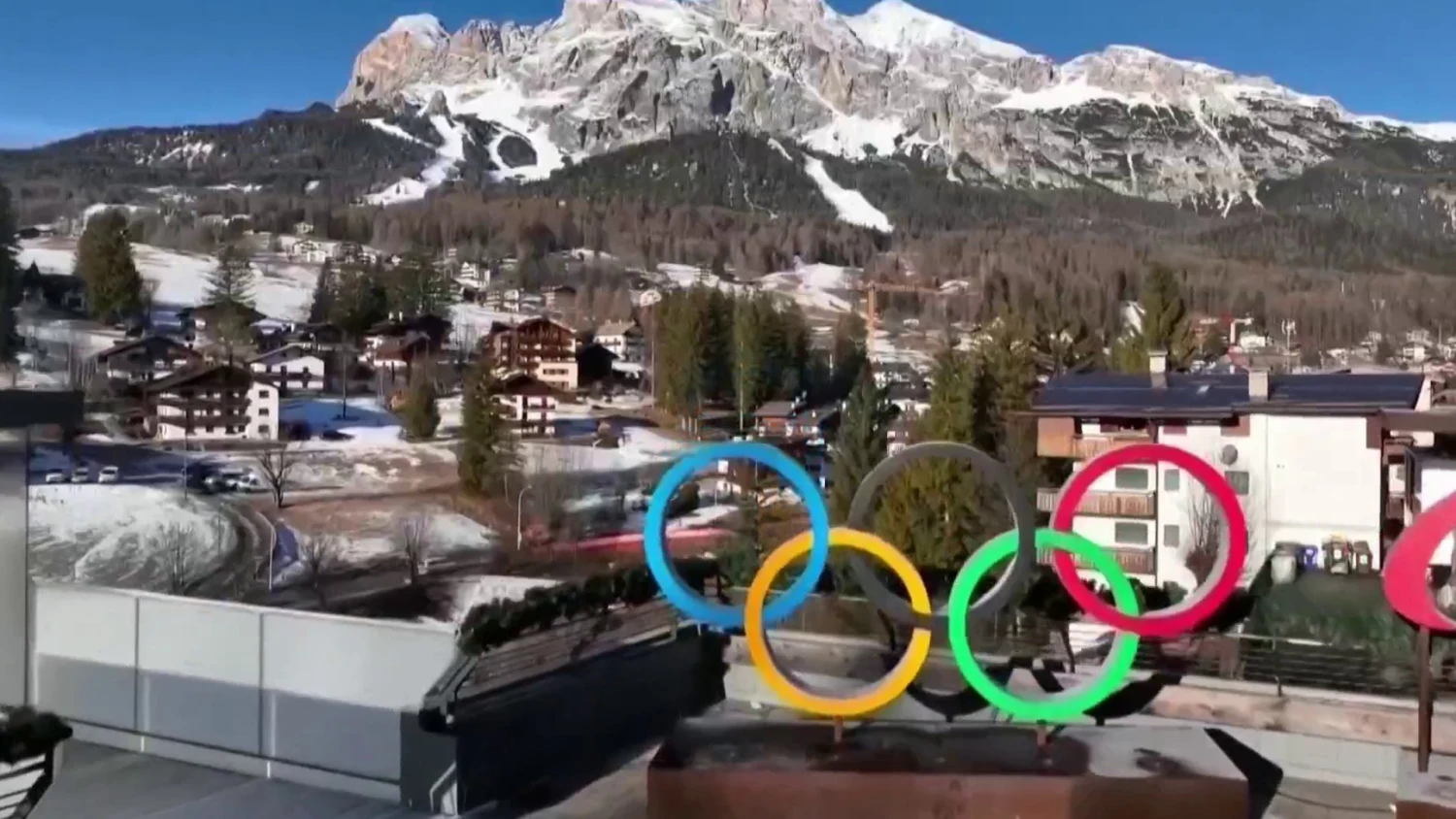Copyright HuffPost

My mom, a nurse, was 42 and already the mother of four healthy kids when I came along. She’d assumed her baby-raising days were behind her. For months, she thought she had the flu — but this “flu” didn’t go away; it grew. After the initial shock, she prepared for one last surprise baby girl. Everything looked healthy. The ultrasounds, the checkups — all fine. So when I arrived on Sept. 12, 1995, my mom thought the hard part was over. Advertisement Later that night in the nursery, a nurse noticed my skin had turned blue. That single observation saved my life. Realizing something was very wrong, the hospital ordered a chest X-ray and put me in an ambulance to Upstate Medical in Syracuse. That night, I had my first heart catheterization: a temporary, lifesaving measure to let oxygenated and non-oxygenated blood mix enough to keep my organs working. The diagnosis was tricuspid atresia — I’d been born with only one functioning ventricle, a rare congenital heart defect. My heart literally wasn’t built to sustain life. At 9 months old, I had my first open-heart surgery. At 18 months, I had the second. These surgeries, known as Fontan procedures, rerouted my blood flow so my body could survive without a full heart. Advertisement After that, I became a regular at the cardiologist’s office. Every six months: stress tests, blood work, monitors and anxious waiting. My parents tried to give me a normal childhood, but “normal” is relative when your chest carries a 12-inch scar and your future depends on machines and medication. At eight years old, I had my third open-heart surgery — this time, to “tune up” my Fontan and implant my first pacemaker. That pacemaker lasted until I was 12, when scar tissue formed on the leads and stopped the electrical pulses that kept my heart beating. Cue open-heart surgery number four for my second pacemaker. That one lasted until I was 16 — and this time, no one noticed when it failed. My heart rate dropped into the 30s and 40s. At night, it would stop for up to 10 beats at a time. I fainted constantly. I knew something was wrong, but no one listened for months. When they finally ran the right tests, they discovered my pacemaker leads had scarred over again. I’d been living without a functioning pacemaker for at least three months. Advertisement They implanted the new pacemaker transvenously by threading the leads through my veins into my heart. That one also developed scarring on the leads, meaning the generator had to be replaced every three to five years instead of the usual 10. I was frustrated and exhausted. I’d had enough. Finally, I called Dr. Richard Jonas, the surgeon who had performed my original Fontan procedures and one of the best pediatric cardiac surgeons in the country. In 2017, at age 22, I had my first thoracotomy at Children’s National Hospital in Washington, D.C. Dr. Jonas had a new idea: place the pacemaker lead in a specific area of my heart to prevent scar tissue from forming. Advertisement It worked. I’m 30 now. I still have that same pacemaker, and the lead is 100% healthy. My first generator replacement is scheduled for March — the longest I’ve ever gone without another major surgery. But here’s the thing: None of this would have been possible without health insurance. My father was a school guidance counselor with excellent benefits, and when I turned 18, the Affordable Care Act allowed me to stay covered under my parents’ plan until age 26. That access — that coverage — saved my life. My last surgery cost $179,000. Without insurance, I wouldn’t have had the chance to tell this story. Every single heart procedure, surgery, appointment and test was covered by my father’s insurance because of the ACA. Advertisement In March, I’ll be having my first heart surgery for which I’ll be fully responsible for my insurance and medical costs. I’m scared. Every election cycle, I watch Republican politicians threaten to dismantle the ACA. They talk about it like it’s some faceless policy debate. But for people like me, it’s not abstract — it’s the difference between life and death. Because here’s the reality: Congenital heart defects don’t have a cure. They require lifelong, specialized care — surgeries, medication, testing and monitoring. The ACA’s protections for preexisting conditions ensure I can access that care without being denied coverage or bankrupted in the process. Advertisement Before the ACA, I would’ve been uninsurable. That’s not hyperbole — that’s a fact. So when I see politicians calling themselves “pro-life” while working to gut health care, I can’t help but laugh. Not out of humor — out of disbelief. Because the same people claiming to protect life are willing to let millions of Americans die for lack of access to care. But we have enough money to build a White House ballroom that 99% of Americans will never set foot in. Turning 30 shouldn’t feel like a political statement — but for me, it does. And this isn’t the end of my medical story. Like many Fontan patients, I will eventually need a heart and liver transplant. My journey of surgeries and care is far from over. I really hope so, that is. Advertisement I’ve already faced backlash from insurance. My doctors need to perform a heart catheterization to assess how my Fontan is holding up, as well as an endoscopy to evaluate the veins in my liver. These procedures would allow them to see how well my heart’s reconstruction is functioning and further assess the Fontan-associated liver disease I’m already dealing with. Insurance has denied these procedures multiple times. I’m still fighting to get them approved through prior authorizations — both with my employer’s insurance and through Medicaid. Knowing that I need these tests to determine the next steps for the rest of my life is paralyzing, especially when there’s no reprieve in sight. I don’t know when, or if, insurance will finally approve these necessary procedures — but I can only hope it’s soon. Advertisement I’m one of the lucky ones. I had privilege, advocacy and timing on my side. I had parents who fought for me and the ACA to protect me. But I’ve met so many others who haven’t been as fortunate — families forced to ration medication, skip appointments or risk everything to keep their kids alive. I have spoken with families whose children were born with the same or even a less-severe congenital heart defect than I have, and some of those children are not with us anymore. HoldThemAccountable Your SupportFuelsOur Mission Your SupportFuelsOur Mission Join HuffPost Membership The government shutdown puts millions at risk of losing food assistance — and Trump and lawmakers are MIA. We're covering the devastating consequences of the government's inaction. Support the journalism that holds our leaders to account. We remain committed to providing you with the unflinching, fact-based journalism everyone deserves. Thank you again for your support along the way. We’re truly grateful for readers like you! Your initial support helped get us here and bolstered our newsroom, which kept us strong during uncertain times. Now as we continue, we need your help more than ever. We hope you will join us once again. We remain committed to providing you with the unflinching, fact-based journalism everyone deserves. Thank you again for your support along the way. We’re truly grateful for readers like you! Your initial support helped get us here and bolstered our newsroom, which kept us strong during uncertain times. Now as we continue, we need your help more than ever. We hope you will join us once again. Support HuffPost Already a member? Log in to hide these messages. Making it to 30 with a congenital heart defect — a rebuilt heart that beats thanks to science, technology, policy and sheer persistence — is more than a milestone. It’s proof that health care access saves lives. Advertisement



